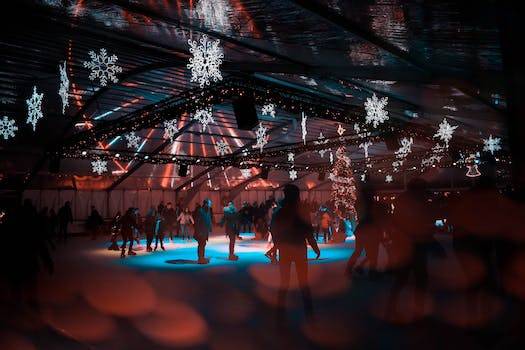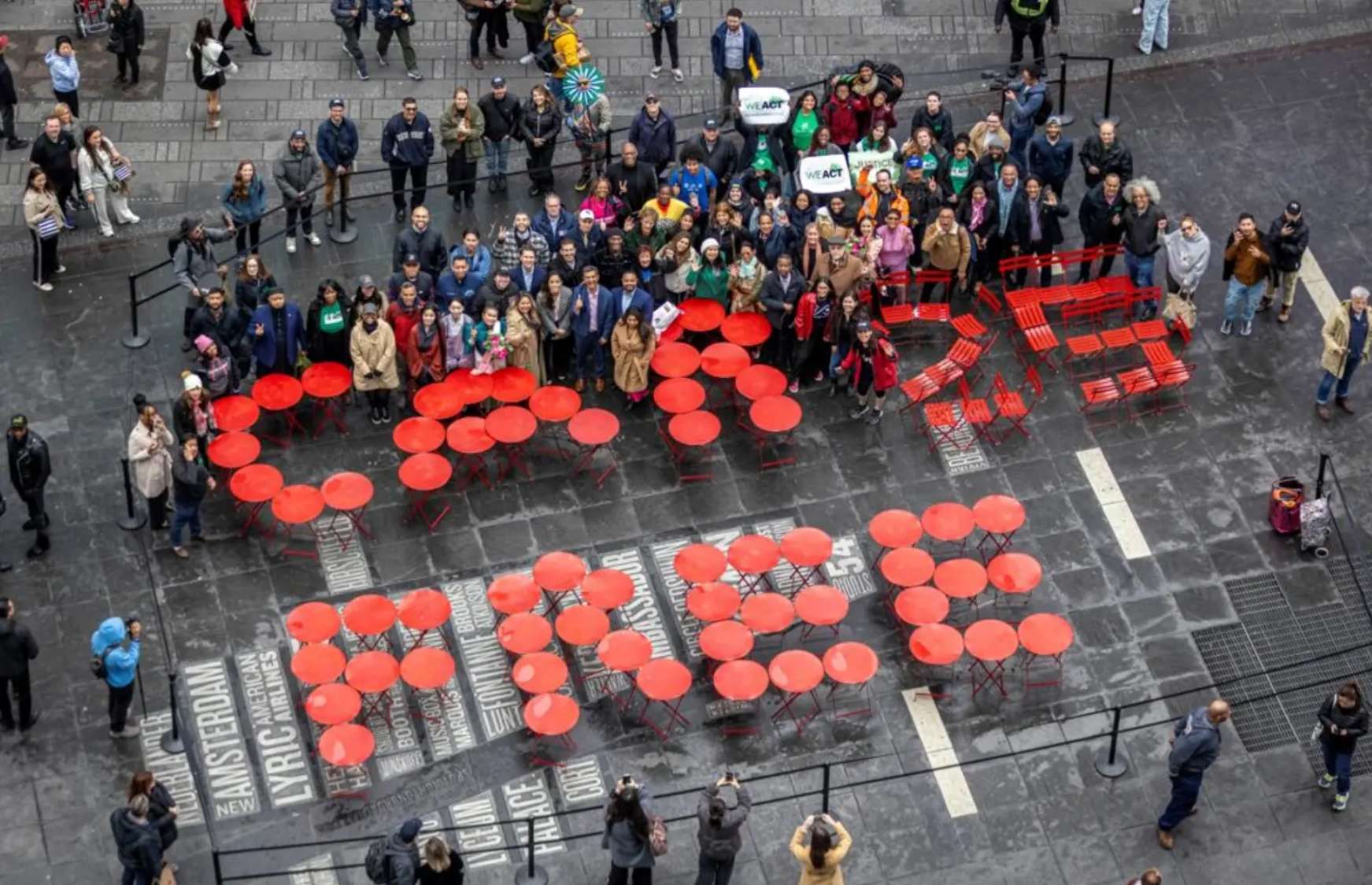Ice skating is a popular winter sport that has been enjoyed for centuries. Its origins can be traced back to Scandinavia and the Netherlands, where people would use sharpened bones or blades to glide across frozen lakes and rivers. Over time, ice skating evolved into a more formal sport, with the first ice skating club being established in Edinburgh, Scotland, in 1742. Today, ice skating is enjoyed by millions of people around the world, both as a recreational activity and as a competitive sport.
Evolution of Ice Skating Techniques
Ice skating is a popular winter sport that has been enjoyed for centuries. The history of ice skating dates back to the 13th century when people in Scandinavia used to skate on frozen lakes and rivers. However, the evolution of ice skating techniques has come a long way since then.
The first ice skates were made of animal bones, and they were tied to the feet with leather straps. These skates were not very efficient, and people could only move forward by pushing themselves with a stick. It was not until the 17th century that the Dutch invented the first iron-bladed skates. These skates were much more efficient and allowed people to move faster and more smoothly on the ice.
In the 19th century, ice skating became a popular pastime in Europe and North America. Skating rinks were built, and people started to develop new techniques and styles of skating. One of the most significant developments during this time was the introduction of figure skating.
Figure skating is a form of ice skating that involves performing jumps, spins, and other acrobatic moves on the ice. It originated in the 19th century and quickly became a popular sport. Figure skating competitions were held, and skaters started to develop new techniques and styles to impress the judges.
One of the most famous figure skaters of all time is Sonja Henie. She won three Olympic gold medals in the 1920s and 1930s and revolutionized the sport with her innovative techniques and graceful style. Henie was the first skater to incorporate ballet moves into her routines, and she also introduced the concept of wearing short skirts instead of long dresses.
In the 20th century, ice skating continued to evolve, and new techniques and styles were developed. One of the most significant developments during this time was the introduction of ice dancing. Ice dancing is a form of figure skating that involves performing dance routines on the ice. It became an Olympic sport in 1976 and has since become a popular form of ice skating.
Ice hockey is another form of ice skating that has evolved over time. It originated in Canada in the 19th century and quickly became a popular sport. Ice hockey involves two players trying to score goals by shooting a puck into the opposing team’s net. The sport has evolved over time, and new techniques and strategies have been developed to make the game more exciting and competitive.
Ice skating has become even more popular in recent years, and new techniques and styles continue to be developed. One of the most significant developments in recent years has been the introduction of synchronized skating. Synchronized skating involves a team of skaters who perform a routine together on the ice. It has become a popular form of ice skating and is now recognized as an Olympic sport.
In conclusion, the evolution of ice skating techniques has come a long way since the first animal bone skates were invented. From the introduction of iron-bladed skates to the development of figure skating and ice dancing, ice skating has become a popular sport that continues to evolve. With the introduction of synchronized skating and other new techniques, it is clear that ice skating will continue to be a popular winter sport for years to come.
Famous Ice Skaters Throughout History

Ice skating is a popular winter sport that has been enjoyed for centuries. Ice skating originated in Scandinavia, where people would use animal bones to glide across frozen lakes and rivers. Over time, ice skating evolved into a more sophisticated sport, with specialized equipment and techniques.
Throughout history, there have been many famous ice skaters who have made significant contributions to the sport. These skaters have not only achieved great success in their own careers, but they have also inspired future generations of skaters to pursue their dreams.
One of the most famous ice skaters of all time is Sonja Henie. Henie was a Norwegian figure skater who won three consecutive Olympic gold medals in the 1920s and 1930s. She was known for her graceful and elegant style and innovative use of music and costumes in her performances. Henie went on to become a successful Hollywood actress, starring in several films in the 1930s and 1940s.
Another famous ice skater is Peggy Fleming. Fleming was an American figure skater who won the gold medal at the 1968 Winter Olympics. She was known for her precision, technical skill, and artistic flair. Fleming went on to become a television commentator and a spokesperson for various health and fitness initiatives.
In the 1980s and 1990s, two other famous ice skaters emerged: Katarina Witt and Brian Boitano. Witt was a German figure skater who won two Olympic gold medals and four World Championships. She was known for her powerful and athletic style and her ability to connect with audiences. Boitano was an American figure skater who won the gold medal at the 1988 Winter Olympics. He was known for his technical skill and his ability to perform under pressure.
In recent years, many other famous ice skaters have made their mark on the sport. These include Michelle Kwan, who won five World Championships and two Olympic medals, and Yuzuru Hanyu, who has won two Olympic gold medals and four World Championships. These skaters have continued pushing the boundaries of what is possible in ice skating, inspiring new generations to strive for greatness.
In addition to these individual skaters, there have also been many famous ice skating pairs and teams throughout history. One of the most famous pairs is Torvill and Dean, a British ice dancing duo who won the gold medal at the 1984 Winter Olympics. They were known for their innovative and daring routines, which included lifts and spins that had never been seen before.
Another famous ice skating team is the Russian pair of Ekaterina Gordeeva and Sergei Grinkov. Gordeeva and Grinkov won two Olympic gold medals and four World Championships before Grinkov’s untimely death in 1995. They were known for their seamless and graceful performances and their deep emotional connection on the ice.
Overall, the history of ice skating is rich and varied, with many famous skaters who have left their mark on the sport. These skaters have not only achieved great success in their own careers, but they have also inspired future generations of skaters to pursue their dreams. As ice skating continues to evolve and grow, it is certain that many more famous skaters will make their mark on the sport in the years to come.
The Role of Ice Skating in Winter Sports and Culture
Ice skating is a popular winter sport and pastime enjoyed by millions of people around the world. It involves gliding on ice using specially designed boots with blades attached to the bottom. The history of ice skating dates back thousands of years, and it has played an important role in winter sports and culture.
The origins of ice skating can be traced back to ancient Scandinavia, where people used animal bones to create skates. These early skates were used for transportation across frozen lakes and rivers. The first ice skates were made of bone, and iron blades were later added to the boots’ bottom. The first ice skating competitions were held in the Netherlands in the 17th century, and the sport quickly spread throughout Europe.
In the 19th century, ice skating became a popular pastime in North America. The first indoor ice rink was built in London in 1876, and soon after, indoor rinks began to appear in North America. Ice skating quickly became a popular winter sport and was included in the first Winter Olympics in 1924.
Today, ice skating is enjoyed by people of all ages and skill levels. It is a popular recreational activity, as well as a competitive sport. There are many different types of ice skating, including figure skating, speed skating, ice hockey, and synchronized skating.
Figure skating is perhaps the most well-known type of ice skating. It involves performing jumps, spins, and other movements on the ice, often to music. Figure skating competitions are held at amateur and professional levels and are a popular event at the Winter Olympics.
Speed skating is another popular type of ice skating. It involves racing around a track on ice, with the goal of completing the course in the shortest amount of time possible. Speed skating competitions are held at amateur and professional levels and are also a popular event at the Winter Olympics.
Ice hockey is a team sport that is played on ice. It involves two teams of players trying to score goals by shooting a puck into the opposing team’s net. Ice hockey is a popular sport in North America and is played in many other countries around the world.
Synchronized skating is a relatively new type of ice skating. It involves a team of skaters performing choreographed movements on the ice, often to music. Synchronized skating competitions are held at both amateur and professional levels, and they are becoming increasingly popular around the world.
Ice skating has also played an important role in winter culture. Many countries have unique ice skating traditions, such as the Dutch tradition of “Elfstedentocht,” a 200-kilometer ice skating race in the Netherlands. Ice skating has also been featured in many works of art, including paintings, literature, and films.






Add a comment